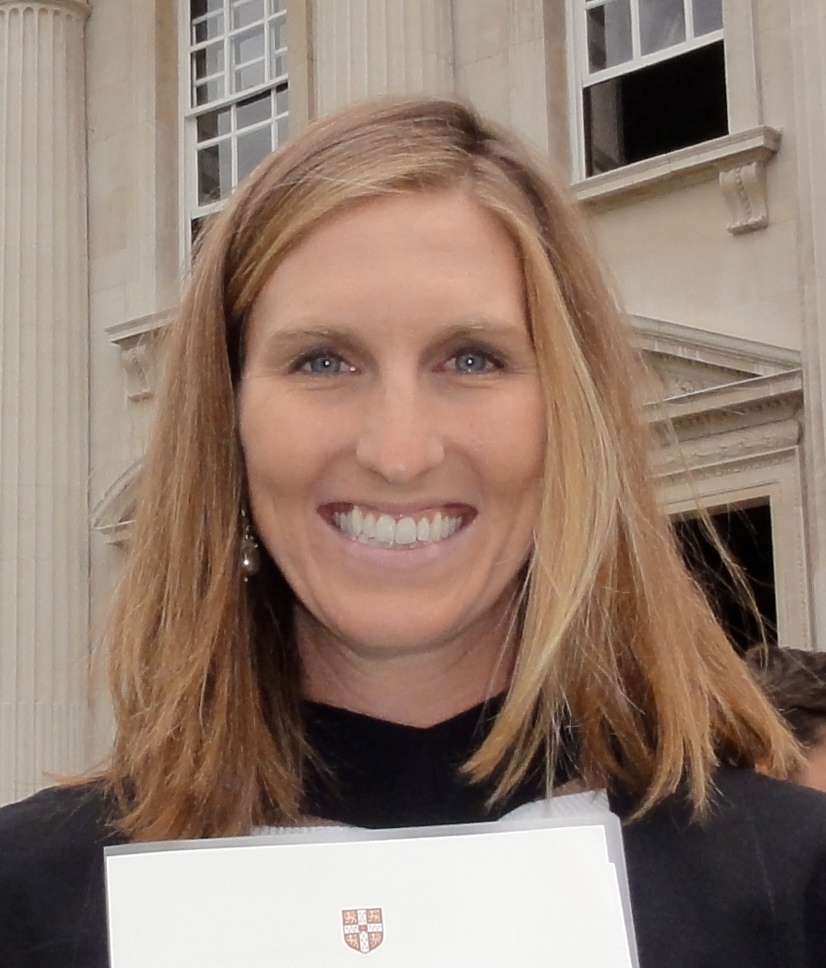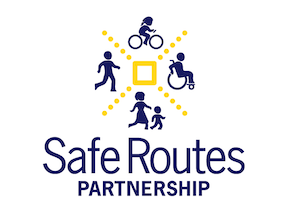
Resource Library
 We are excited to announce that the National Center for Safe Routes to School and the Safe Routes to School National Partnership are now seeking proposals from host agencies to organize the 4th Safe Routes to School National Conference in August 2013.
We are excited to announce that the National Center for Safe Routes to School and the Safe Routes to School National Partnership are now seeking proposals from host agencies to organize the 4th Safe Routes to School National Conference in August 2013.
 Terms like eco-friendly and going green have become popular buzzwords in today’s environmentally-conscious society. In practically all aspects of our lives, the idea of living green has gained traction… and for good reasons. Eco-friendly practices allow us to take better care of our planet as well as our own health.
Terms like eco-friendly and going green have become popular buzzwords in today’s environmentally-conscious society. In practically all aspects of our lives, the idea of living green has gained traction… and for good reasons. Eco-friendly practices allow us to take better care of our planet as well as our own health.
 Complete Streets are now officially supported by the National Capital Region Transportation Planning Board (TPB), the Metropolitan Planning Organization (MPO) for the Greater Washington, DC area. At their meeting this week, the TBP adopted a policy in support of Complete Str
Complete Streets are now officially supported by the National Capital Region Transportation Planning Board (TPB), the Metropolitan Planning Organization (MPO) for the Greater Washington, DC area. At their meeting this week, the TBP adopted a policy in support of Complete Str
 The Safe Routes to School movement and interest in improving the built environment continue to grow. Here are two resources that I’m sure the field will be excited about:
The Safe Routes to School movement and interest in improving the built environment continue to grow. Here are two resources that I’m sure the field will be excited about:
Deja Vu: House Aims to Eliminate Local Funds for Safe Routes
Act Now to Save Safe Routes to School, Bicycling and Walking Funds
It’s come down to a fight for local control. Negotiations on the federal transportation bill are at a critical point and twenty years of gains on bicycling, walking and Safe Routes to School are at risk.
 One of the exciting aspects of the Safe Routes Partnership’s state network project is the uniqueness of the seven different states. And while this uniqueness is the culture, the people and the geography, one thing is certain, they just can’t get enough of Safe Routes to School!
One of the exciting aspects of the Safe Routes Partnership’s state network project is the uniqueness of the seven different states. And while this uniqueness is the culture, the people and the geography, one thing is certain, they just can’t get enough of Safe Routes to School!
Bike & Roll to School Day is a fun, inclusive way to encourage students to bike, scooter, skateboard, or roll to school. It’s a great opportunity to build confidence, try a new skill, and spark a lifelong love of active transportation. As a key piece of Safe Routes to School programs, Bike & Roll to School Day promotes safer, more accessible, and more enjoyable routes for children, families, and communities. This toolkit provides a step-by-step guide to planning and hosting a successful event—whether it’s your first time or you're looking to expand an existing tradition. Beyond the event itself, Bike & Roll to School Day can serve as a stepping stone for broader Safe Routes to School efforts, fostering long-term safety, health, and community engagement.
Download the 2025 Bike & Roll to School Day Toolkit
FREE resources for your celebration (toolkit listed below)
- Poster templates
- Social media templates
- Bike & Walk to School Day bingo cards
- Bike & Roll to School Day Proclamation - sample language
Have ideas on what your community would like to see next time? Email us with ideas for the fall!
 The August 2009 issue of Parks and Recreation features National Policy & Legal Analysis Network’s (now called ChangeLab Solutions) Joint-Use Agreement resources in an article about using school recreational facilities as community facilities. Mississippi is one of the states that have now bought in and is now on the path to discovering and implementing healthy al
The August 2009 issue of Parks and Recreation features National Policy & Legal Analysis Network’s (now called ChangeLab Solutions) Joint-Use Agreement resources in an article about using school recreational facilities as community facilities. Mississippi is one of the states that have now bought in and is now on the path to discovering and implementing healthy al
 If you can measure it, you can manage it.
If you can measure it, you can manage it.
I often think of this business mantra each day as I step on the scale, track my calories and log every minute and mile of physical activity as I pursue a healthier lifestyle. (And apologies to my Facebook friends who are tiring of my new found apps and the postings to cheer me on!)
 It may seem Safe Routes to School slows down in the summer because school is out. But, summer often brings movement on Safe Routes to School projects and awards. Every day I have news alerts flooding my inbox about:
It may seem Safe Routes to School slows down in the summer because school is out. But, summer often brings movement on Safe Routes to School projects and awards. Every day I have news alerts flooding my inbox about:
 Do you know the key decision-makers in your school district? If you had three minutes to talk with one of them, how would you tell the Safe Routes to School story so that it was clear, coherent, compelling and crisp?
Do you know the key decision-makers in your school district? If you had three minutes to talk with one of them, how would you tell the Safe Routes to School story so that it was clear, coherent, compelling and crisp?
 The state network project’s advocacy organizers have been hard at work with one of the project’s most critical tasks – preparing action plans. Each of the seven network states has prepared its own action plan that is being presented to their respective networks for comment and adoption.
The state network project’s advocacy organizers have been hard at work with one of the project’s most critical tasks – preparing action plans. Each of the seven network states has prepared its own action plan that is being presented to their respective networks for comment and adoption.
Sirviendo a las comunidades vulnerables a través del programa federal Rutas Escolares Seguras es una prioridad para la Asociación Nacional de Rutas Escolares Seguras.
In March of 2012, the Virginia Department of Transportation (VDOT) announced the selection of 28 schools in 18 localities throughout the Commonwealth to receive infrastructure funding totaling $5.9 million. The projects selected for funding include a variety of treatments to improve walking and bicycling conditions. These include the traditional sidewalk projects as well as a few trails, crosswalks, signage and a school dropoff/pickup area redesigned to more safely accommodate pedestrians.

 As we have often discussed, joint use (or shared use) agreements are one of the Safe Routes Partnership’s three primary policy priorities from our Robert Wood Johnson funding. What is really exciting is how we frequently hear more about how much is going on in our seven network states. Here is a sampling:
As we have often discussed, joint use (or shared use) agreements are one of the Safe Routes Partnership’s three primary policy priorities from our Robert Wood Johnson funding. What is really exciting is how we frequently hear more about how much is going on in our seven network states. Here is a sampling:
 Peer pressure doesn’t all have to be bad. Studies show that it can be good, too! Kids can encourage each other into activities that will improve their health and social life and make them feel good about themselves.
Peer pressure doesn’t all have to be bad. Studies show that it can be good, too! Kids can encourage each other into activities that will improve their health and social life and make them feel good about themselves.



